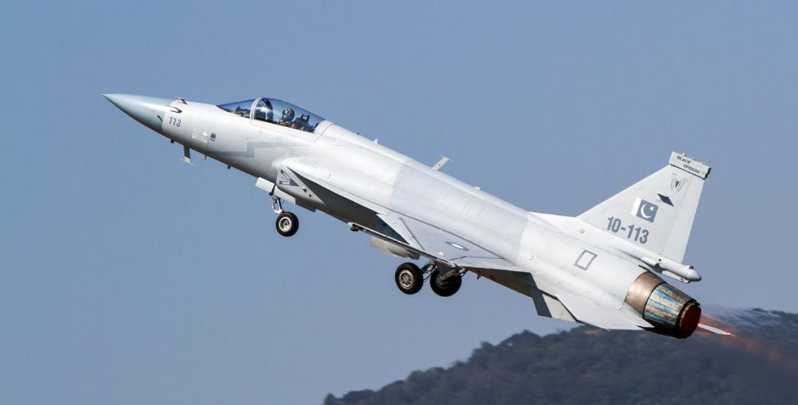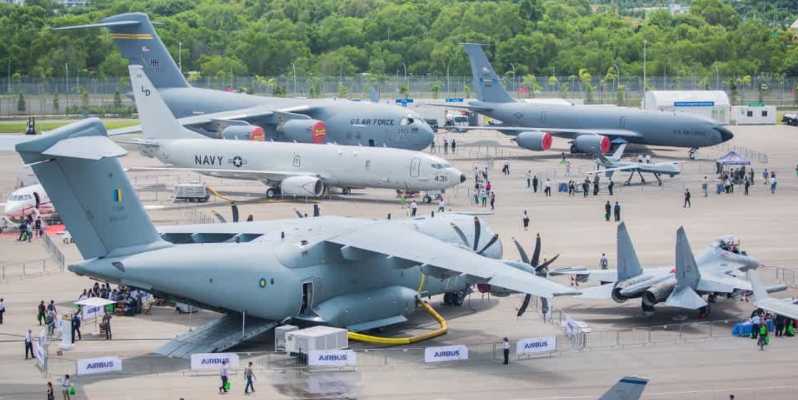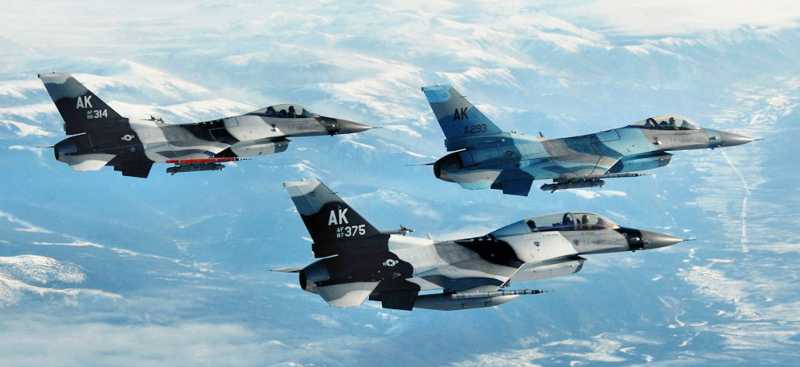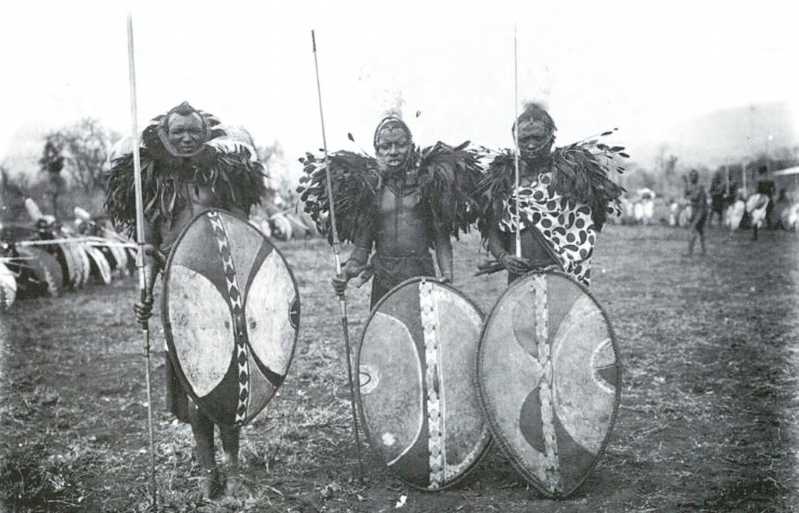Recently, it was reported on the Internet that the Turkish military is seeking to purchase the FC-1 "Fierce Dragon" fighter jointly manufactured by China and Pakistan. If this news is true, it is inevitable that people will be a little happy. After all, Chinese military products have once again been recognized by the world. However, there is a premise in this news. It is said that Turkey turned its attention to the FC-1 "Fierce Dragon" fighter jointly produced by China and Pakistan after the United States blocked the original order of F-16 Block70/72. Therefore, many media and experts speculated. Turkey’s move is to use the intention order of China’s "Fierce Dragon" to deal with the United States and obtain F-16 Block70/72 fighters. So is this really the case? Can China’s "Fierce Dragon" only be a substitute for the 50-year-old F-16 in the international market?
Starting from the Turkish F-16
Speaking of the Turkish Air Force, we can think of the F-16 fighter at the first time.
The F-16 Fighting Falcon is a third-generation fighter developed by General Dynamics in the United States in the 1970s. It began to be developed in 1972, first flew in 1974, and entered service in 1976. The F-16 fighter is 15.09 meters long, has a wingspan of 9.45 meters, a height of 5.09 meters, an empty weight of 8.5 tons, and a maximum take-off weight of 19 tons. The power system uses a Pratt & Whitney F-100-PW-229 or General F110-GE-132 turbofan engine, with a maximum flight speed of 2,175 kilometers per hour, a maximum range of 4,200 kilometers, and a maximum payload of 7.8 tons. In fact, the F-16 fighter and the F-15 fighter are used in combination, but its performance is not low, but its price is lower than that of the F-15. It is the main fighter of the US Air Force since the 1980s. A total of more than 4,600 aircraft have been produced and exported to more than 30 countries and regions. It has undergone many actual combat tests and is a very excellent fighter.

For a long time, the Turkish Air Force has been the military with the most F-16 fighters besides the US Air Force. Turkey began to purchase F-16C/D fighters from the United States in 1987, some of which were assembled in Turkey, becoming one of the few countries allowed to assemble US-made fighters in Turkey. Turkey’s F-16C/D fighters are complete in models, covering multiple models such as Block III0/40/50/50+. Since 2000, the Turkish Air Force has upgraded the active F-16 fighters and replaced them with new radars, enabling them to launch AIM-120 active radar-guided air-to-air missiles and AIM-9X infrared imaging air-to-air combat missiles, and their air combat capabilities have been rapidly improved. After the upgrade, some F-16 Block50 fighters have been equipped with conformal fuel tanks on the back of the aircraft, which has improved the range and hovering time. They can also launch AGM-88 "HARM" high-speed anti-radiation missiles, and have air defense suppression capabilities.
However, as time goes by, the US F-16 has now been upgraded to the F-16V, which is the latest Block70/72 model. The aircraft has not only been equipped with the latest APG-83SABR active phased array radar, which has greatly improved its performance, but also replaced with the AIM-9XBlock2 missile. The missile has the ability to lock on after launch (LOAL) and "lofting" attack (Lofting) beyond visual range when combined with the new helmet sight. When firing forward, the range is up to 35 kilometers. After firing, it turns 180 degrees to attack the target behind, and also has a range of 16 kilometers. The F-16V currently upgraded by the United States to Taiwan also has this capability.
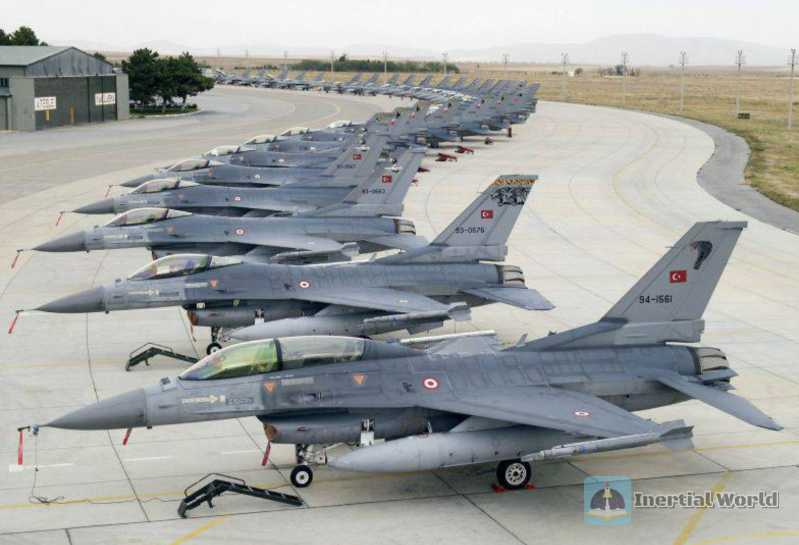
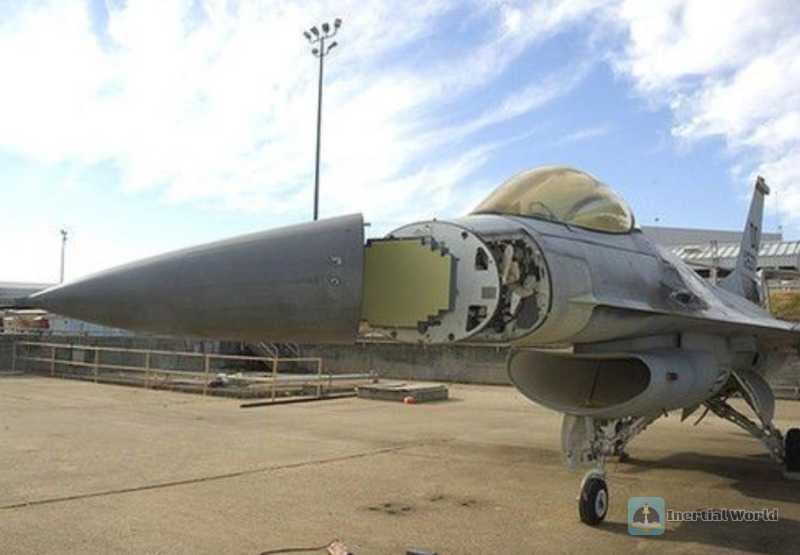
Zhang Shaozhong, the director of the famous "Zhanhu Bureau", said about the paper strength of the F-16V that "the F-16V has surpassed all kinds of fourth-generation and even fourth-generation and a half fighters of our army!"
On the other hand, Turkey introduced and licensed the production of a total of 270 early F-16s in the early years, but these "old machines" are old and overwhelmed, and now only 80 are usable. In 2020, Turkey insisted on introducing Russia’s S-400 surface-to-air missiles despite US warnings, which led to the US Congress imposing sanctions on Turkey under the Countering America’s Adversaries Through Sanctions Act (CAATSA), which not only kicked Turkey out of the F-35 fighter joint development plan, but also froze Turkey’s "second best" project to seek to import new F-16 fighters from the United States (40 new aircraft and 79 upgrade kits).
It was not until mid-April this year, after Turkey showed its intention to relax its stance on Sweden joining NATO, that the Biden administration notified the U.S. Congress of its plan to open up F-16 exports to Turkey (the first step is to open up the export of upgrade kits), which was informally approved by the leaders of the congressional special committee. Subsequently, after meeting with NATO Secretary-General Stoltenberg and Swedish Prime Minister Kristersson, Turkey submitted Sweden’s application to join NATO to its parliament for discussion on July 10. Erdogan said that if the United States keeps its promise to deliver the F-16, the Turkish parliament "will also keep our promise" and "the Turkish parliament will have the final say on whether Sweden joins NATO."
The deal seemed to be about to be done, but surprisingly, the arms sales to Turkey were finally stuck at the congressional level after a series of processes, and U.S. Democratic lawmakers took the opportunity to put forward more conditions to Turkey. Therefore, Turkey began to shift its business to fighter jets equivalent to the F-16 Block70/72 in the world, which was the source of the news that Turkey was seeking to purchase China’s FC-1 "Fierce Dragon" at the beginning. So what about the Chinese "Fierce Dragon" from the East?
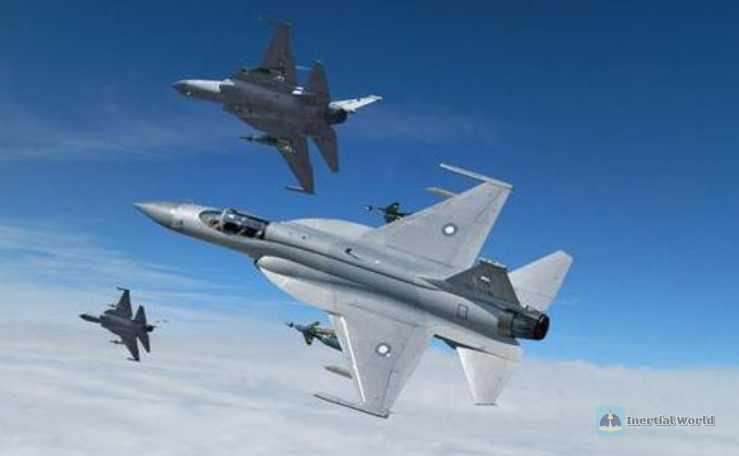
Fighter

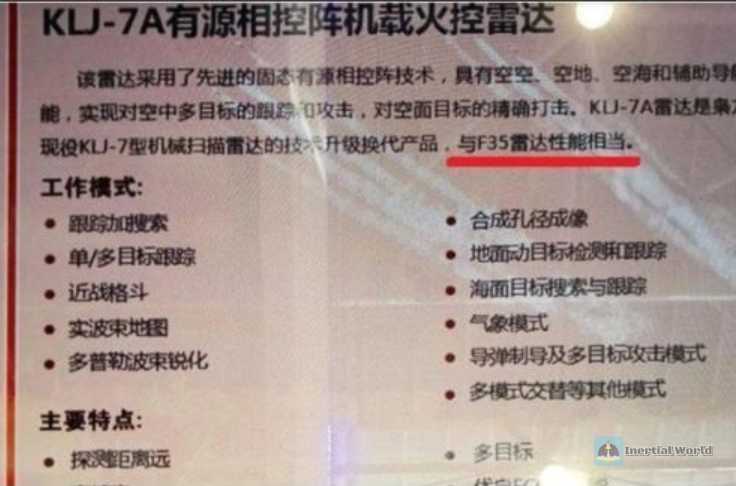
"Fierce Dragon" from the East
FC-1 "Fierce Dragon" fighter is an all-weather, single-engine, multi-purpose light fighter jointly developed by China and Pakistan. In the 1980s, Pakistan was unable to cope with the increasingly complex air situation due to its backward fighters, so it cooperated with China and tried to develop a more advanced fighter with the help of China’s scientific and technological level.
After China and the United States fell out again in the 1980s, my country’s plan to upgrade the J-7 fighter with the help of American technology was shelved. In 1992, my country formally invited the Pakistan Air Force to participate in the joint development plan. After a long and difficult cooperation and technical research, in 2003, the fighter jointly developed by China and Pakistan finally successfully completed its first flight. China named it FC-1 "Fierce Dragon" fighter, and Pakistan named it JF-17 "Thunder" fighter. In 2007, the first batch of "Fierce Dragon" fighters were officially delivered to the Pakistan Air Force.
As a multi-purpose fighter jointly developed by China and Pakistan, the "Fierce Dragon" fighter had relatively advanced performance at the time. It adopted some advanced aerodynamic layout and design technologies, such as DSI air inlet technology, and had excellent aerodynamic performance. With the maturity of the "Fierce Dragon" fighter and the establishment of the production line in Pakistan, Pakistan began to start its own production line. Chengfei Group launched the upgrade of JF-17 Block I to make its second batch of products more modernized and adopt more advanced technologies.
As of now, the "Fierce Dragon" fighter has been upgraded to the third-generation Block III. The US military media said that the "Fierce Dragon" Block II is a typical fourth-generation and a half fighter, generally considered to be an advanced fighter of the same level as the F-16 Block70/72, the "Gripen" EF3 or the J-10C, so the United States has turned its attention to the "Fierce Dragon" Block III.
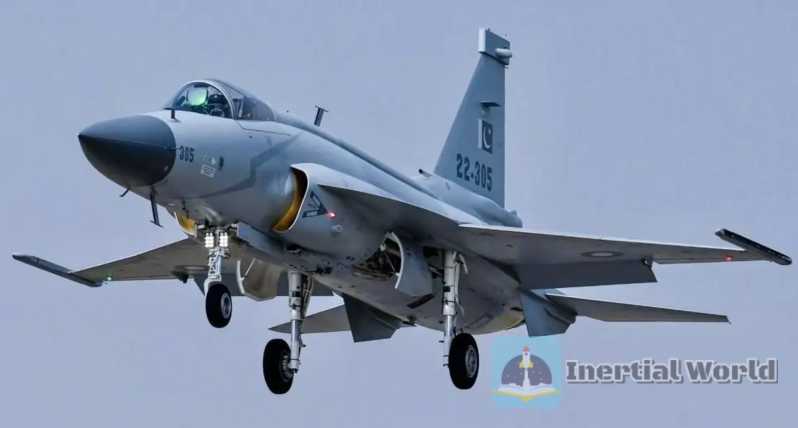
"Fierce Dragon" Block II is a comprehensive upgrade and improvement based on the first two batches of the "Fierce Dragon" fighter. Although the first two batches of "Fierce Dragon" fighters also have the radar avionics equipment and weapons of the fourth-generation aircraft, there is still a certain gap in some performance with the mainstream fourth-generation fighters, which can be called a quasi-fourth-generation fighter. The "Fierce Dragon" Block I has made significant improvements in radar, avionics, weapons, engines, etc., reaching the level of a fourth-generation and a half fighter.
The fuselage length of the "Fierce Dragon" Block II is 14.33 meters, the wingspan is 9.4 meters, the height is 4.57 meters, and the wing area is only 24.43 square meters, which are all smaller than the mainstream light fighters. Such a body size makes the "Fierce Dragon" Block II have a smaller radar reflection area, that is, it is more difficult to be detected and locked by enemy radar. In addition, the empty weight of the "Fierce Dragon" Block II is about 8 tons, the maximum take-off weight is 13.5 tons, and the internal fuel capacity is not much, only 2.45 tons. This means that the "Fierce Dragon" Block III fighter has excellent maneuverability and can be used in air combat situations.
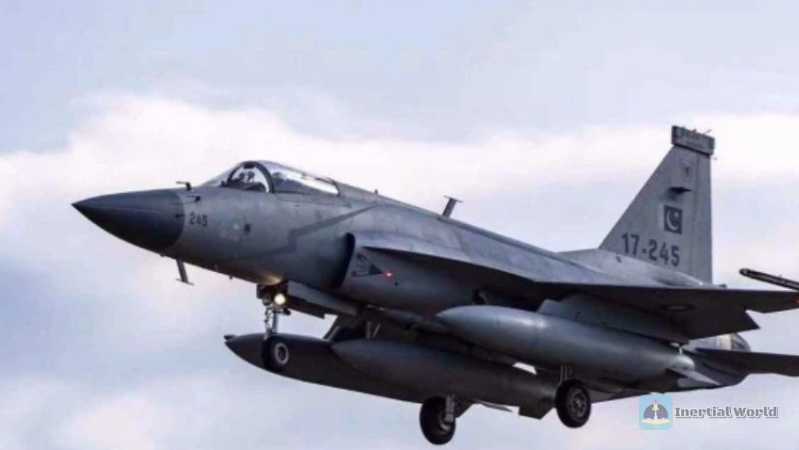
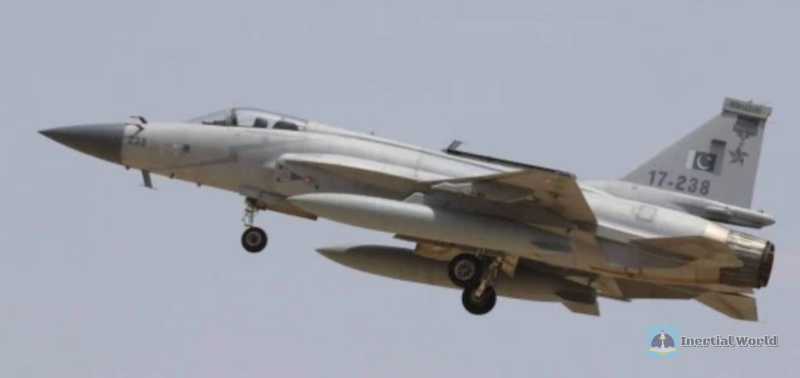
Secondly, the "Fierce Dragon" Block II is equipped with an active phased array radar, which is the standard configuration of the fourth-generation and a half fighter and the biggest highlight of the "Fierce Dragon" fighter. The advantage of this active phased array radar is that it can search, track and guide multiple targets at the same time, and has strong anti-interference ability, which can effectively deal with the enemy’s electronic warfare means. According to relevant media speculation, the active phased array radar used by the "Fierce Dragon" Block III is the KLJ-7A5 of China Electronics Technology Group Corporation 14th Institute. This is an excellent radar that can detect fighter targets at a distance of 170 kilometers. The official claim is that it is comparable to the AN/APG-81 radar used by the F-35 fighter. In addition to radar, the Xiaolong Block III is also equipped with advanced helmet displays and IRST systems, which allow pilots to find and lock targets faster in air combat, and better avoid enemy attacks. In terms of weapon systems, the Xiaolong Block II can use a variety of advanced air-to-air missiles, air-to-ground missiles, air-to-sea missiles and anti-radiation missiles to achieve multi-angle, multi-target and multi-task strike capabilities. In short, the weapon system of the Xiaolong Block I is very rich and powerful, and can achieve all-round strikes against air, ground, sea and electricity, whether it is air defense, attack, anti-ship, or suppression.
In terms of the improvement of aviation engines, the Xiaolong Block III uses the RD93M A engine, which is an improved engine with a maximum thrust increased to 84.4 kilonewtons, which is 10% higher than the original RD-93 engine. Such thrust is sufficient for a light fighter such as the Xiaolong Block I, which can ensure its climbing speed and acceleration performance. However, the shortcomings of the RD-93MA engine are also obvious, that is, it consumes more fuel, is noisier, has a shorter lifespan, has higher maintenance costs, and is also subject to Russian supply. Therefore, the engine of the "Fierce Dragon" Block I still has a lot of room for improvement. If China’s domestic engines, such as the new series of WS, can be used, the performance and reliability of the "Fierce Dragon" Block II will be improved, and the dependence on the outside will be reduced.
As for the price of the "Fierce Dragon" Block I, it is said to be around 25 million US dollars. This is a very cheap fighter, much lower than the 80 million US dollars of the F-16 Block70/72, the 110 million US dollars of the "Gripen" EF, and the 40 million US dollars of the J-10C. Such a price is very attractive to many countries with weak economic strength, and it is also a major advantage of the "Fierce Dragon" Block I in the export market.
To sum up, the "Fierce Dragon" Block III is a light fighter with excellent performance, low price and strong adaptability. For the air forces of many countries, it can replace a large number of old fighters and enhance the overall combat effectiveness of the air force. In the international market with many strong enemies, the "Fierce Dragon" Block III still has great potential. Turkey is seeking to purchase the "Fierce Dragon" Block I, whether it is to replace the old fighters of the air force or because the aircraft is too small, it is intended to use it with the "larger body, stronger bomb load, and better engine" fighters that the country’s air force will obtain in the future to "match high and low", which shows that the "Fierce Dragon" has become an excellent choice for the fourth-generation aircraft in the international market, and the brand of China’s aviation industry in the market has been gradually established!


